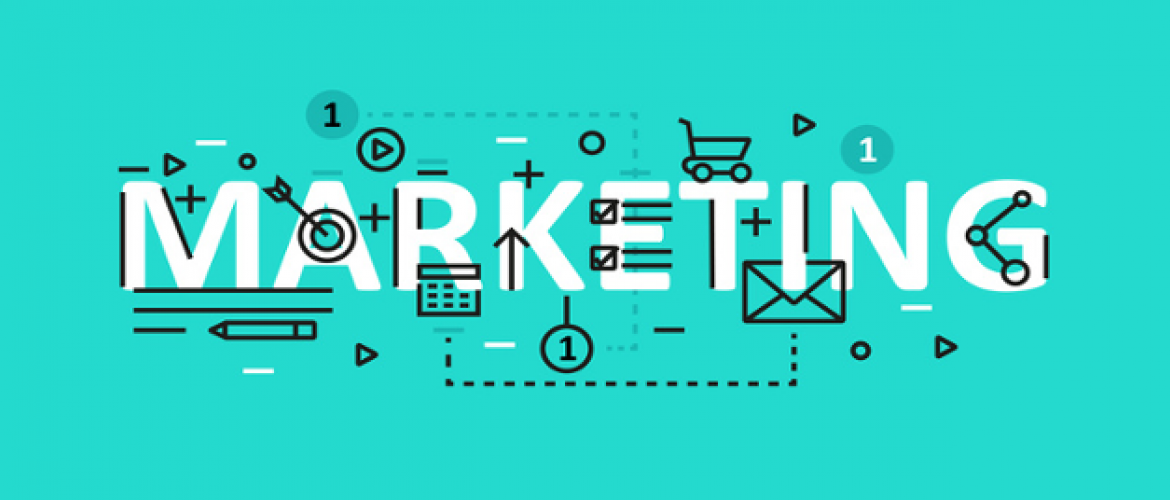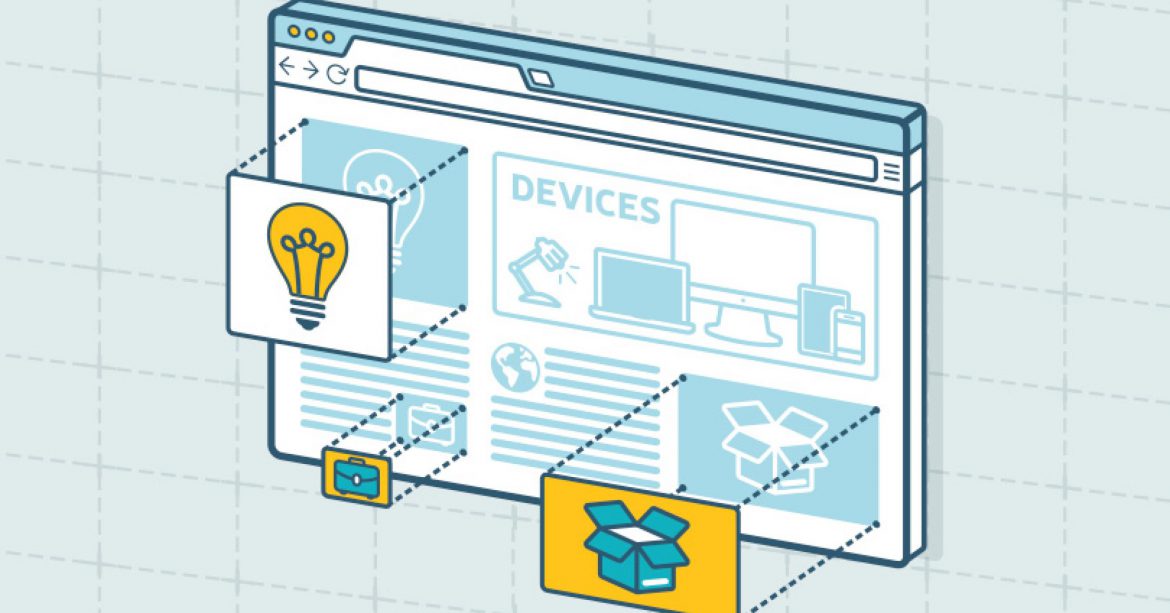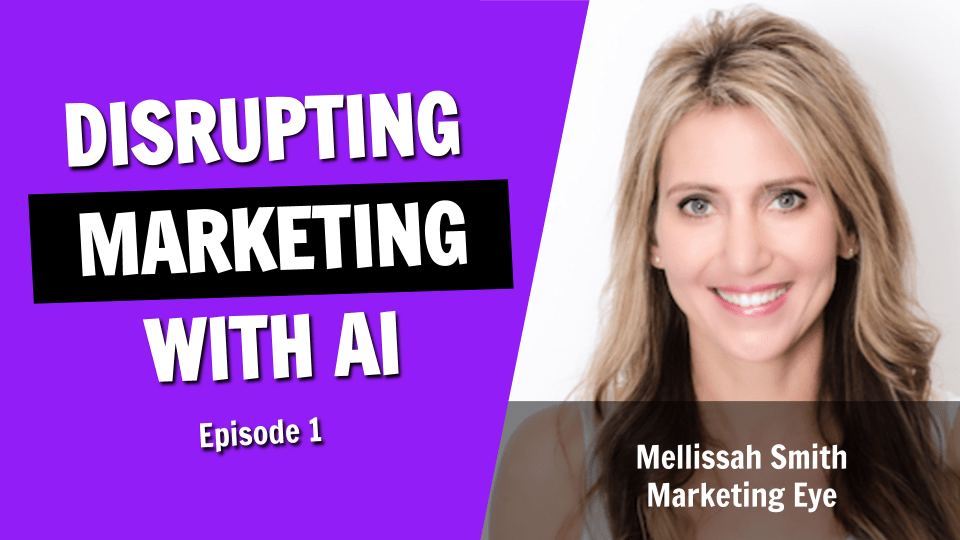Robotic Marketer Blog Posts from April 2020
5 Common Mistakes To Avoid When Building Your Influencer Strategy
While it is evident that Influencer Marketing can reap various benefits for a business, it is imperative to consider the potential mistakes brands make when utilizing this tool. Influencer marketing is not as simple as choosing a popular Instagram account and throwing money at them. If ...
What does marketing mean in 2020?
The marketing landscape is constantly evolving, meaning marketers must continually adapt to stay competitive. The past few years have shown just how quickly consumer behavior trends and advancements in technology can shift the way in which marketing teams must approach their campaigns. However, ...
How To Build An Awesome Lead Generating Website
Source: Marketing Eye While many companies are now scrambling to fix their websites in light of the fact that Google is determining whether or not many companies get sales or not, it’s not all dooms-day. A good website from idea stage to website strategy, design and development, can all ...
5 Dangerous Webinar Mistakes (And How to Avoid Them)
Source: Jeff Bullas You’ve worked hard at putting together your webinar slides. You’ve fine-tuned your presentation to your liking. After a few run-throughs, you’re ready to launch. Ready, set… hold up. Before you invite your attendees, there’s one more step to check off your list: ...
The Entrepreneur Who Is Disrupting Digital Marketing with Artificial Intelligence
Podcast published on Jeff Bullas At the age of 25, Mellissah Smith made her first million dollars. But by the age of 30, she quickly came to realize that when she wasn’t working in the business the revenue stopped. And she learned that one of the secrets to a successful business is being able ...
How Big Data Can Lead To A Better Marketing Strategy
Big data refers to extremely large and intricate data sets that require complex systems to extract information from them. Millions, if not trillions of data records are stored in these sets, potentially amounting upwards of 1024 terabytes. These records can be accumulated from a diverse range ...
How To Generate Leads Digitally During The Coronavirus Outbreak
As a brand in the B2B space, the COVID-19 or Coronavirus pandemic has changed how business is done. For most B2B companies, attending events is a major way through which quality leads are generated and eventually converted – allocating a significant portion (21%) of their marketing budget to ...
The Importance of Marketing for the Healthcare industry in the time of COVID-19
In a crisis situation such as the COVID-19 outbreak, effective communication strategies are crucial. Given the rapid spread of the virus, timely and consistent information must be distributed internally for staff and externally for patients and the general public. For staff, regular ...
How to Nail an Award-Winning Marketing Strategy
A successful business idea begins with a well-developed marketing strategy. While frequent adjustments and adaptations to your strategy may be necessary, it is imperative that your goals and plans are well defined from the get-go. Without a clear strategy in place, your business will lack the ...










